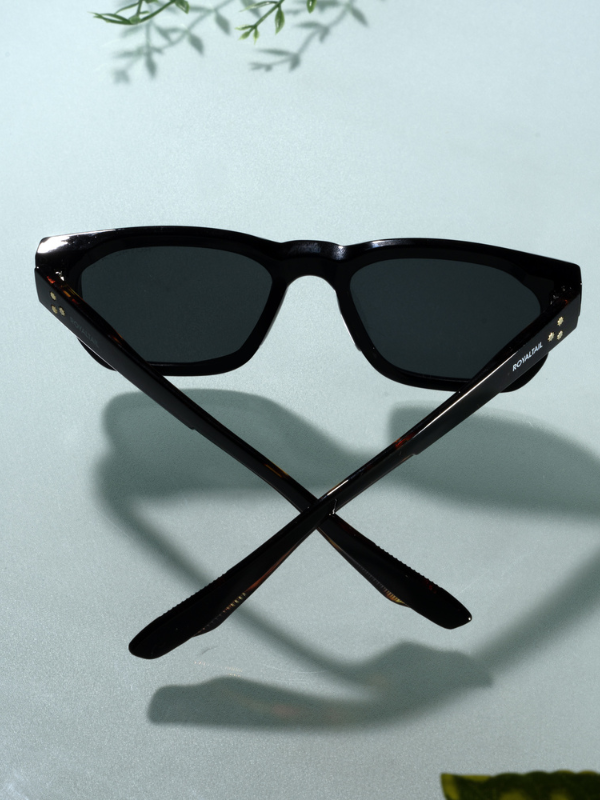
Introduction:
Choosing the right pair of sunglasses involves more than just selecting a style that suits your taste. Understanding the dimensions of sunglasses is crucial to ensure proper fit and comfort. One of the key measurements is size, typically expressed in millimeters. In this article, we'll explore how you can accurately determine the size of sunglasses in millimeters, helping you make an informed decision when purchasing your next pair of shades.
-
Frame Width: The frame width is the horizontal measurement across front of sunglasses, from one end of the frame to the other. To measure the frame width in millimeters, use a ruler or measuring tape to gauge the distance between the outer edges of the frames. This measurement helps determine how the sunglasses will fit your face width-wise and ensures that the frames adequately cover your eyes.
-
Lens Width: The lens width refers to the horizontal measurement of each lens, from the widest point on one side to the widest point on the other side. To measure the lens width in millimeters, use a ruler or measuring tape to determine the distance across the lens. This measurement is crucial for ensuring that the lenses provide adequate coverage and protection for your eyes.
-
Bridge Width: The bridge width is the distance between the lenses, measured across the bridge of the nose. To measure the bridge width in millimeters, use a ruler or measuring tape to gauge the distance between the inner edges of the lenses where they meet the bridge. This measurement helps determine how well the sunglasses will sit on your nose and ensures a comfortable fit.
-
Temple Length: The temple length, also known as the arm length or temple size, refers to the length of the arms that extend from the front of the sunglasses to the back of the ears. To measure the temple length in millimeters, use a ruler or measuring tape to gauge the distance from the hinge to the tip of the temple. This measurement helps ensure that the sunglasses will fit comfortably without being too tight or too loose behind the ears.
-
Overall Dimensions: In addition to individual measurements, it's essential to consider the overall dimensions of the sunglasses when determining size. This includes factors such as the overall width of the sunglasses (frame width + temple length), as well as the height of the lenses. By taking into account these overall dimensions, you can ensure that the sunglasses will provide adequate coverage and fit comfortably on your face.
-
Reference Guides: Many sunglasses brands provide size guides or charts that indicate the measurements of their sunglasses in millimeters. These guides typically include frame width, lens width, bridge width, and temple length, making it easier for customers to find the right size for their face. When purchasing sunglasses online, be sure to consult these size guides to ensure a proper fit.
-
Try-Ons and Adjustments: If possible, try on sunglasses in person to assess how they fit your face and determine if any adjustments are needed. Most sunglasses retailers offer fitting services and adjustments to ensure that the sunglasses sit comfortably and securely. Additionally, consider trying on different styles and sizes to find the best fit for your face shape and preferences.
Conclusion:
Determining the size of sunglasses in millimeters involves measuring various dimensions such as frame width, lens width, bridge width, and temple length. By accurately measuring these dimensions and considering overall fit and comfort, you can ensure that your sunglasses provide optimal protection and style. Whether you're purchasing sunglasses online or in person, understanding size measurements is essential for finding the perfect pair of shades that complement your face and lifestyle.







